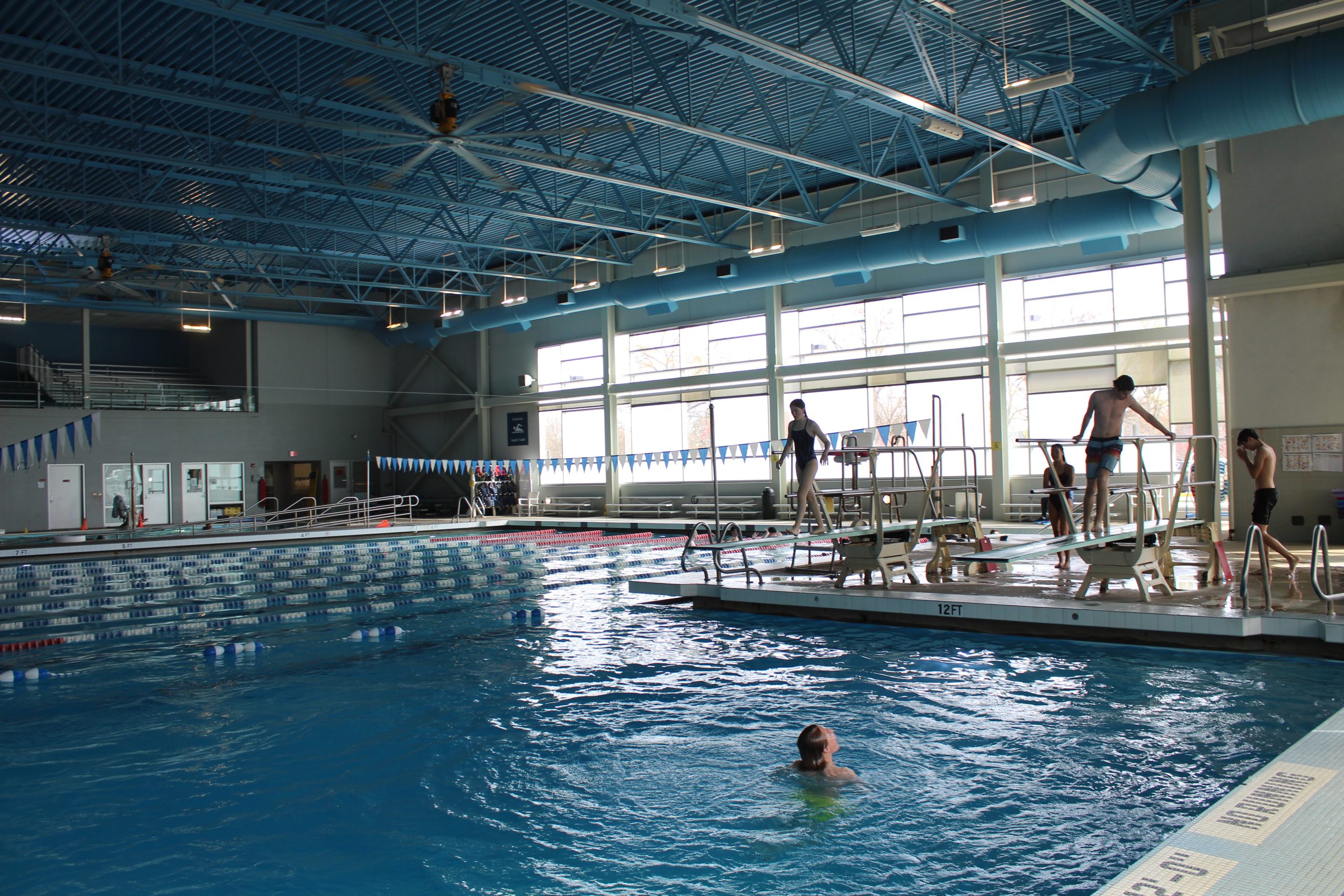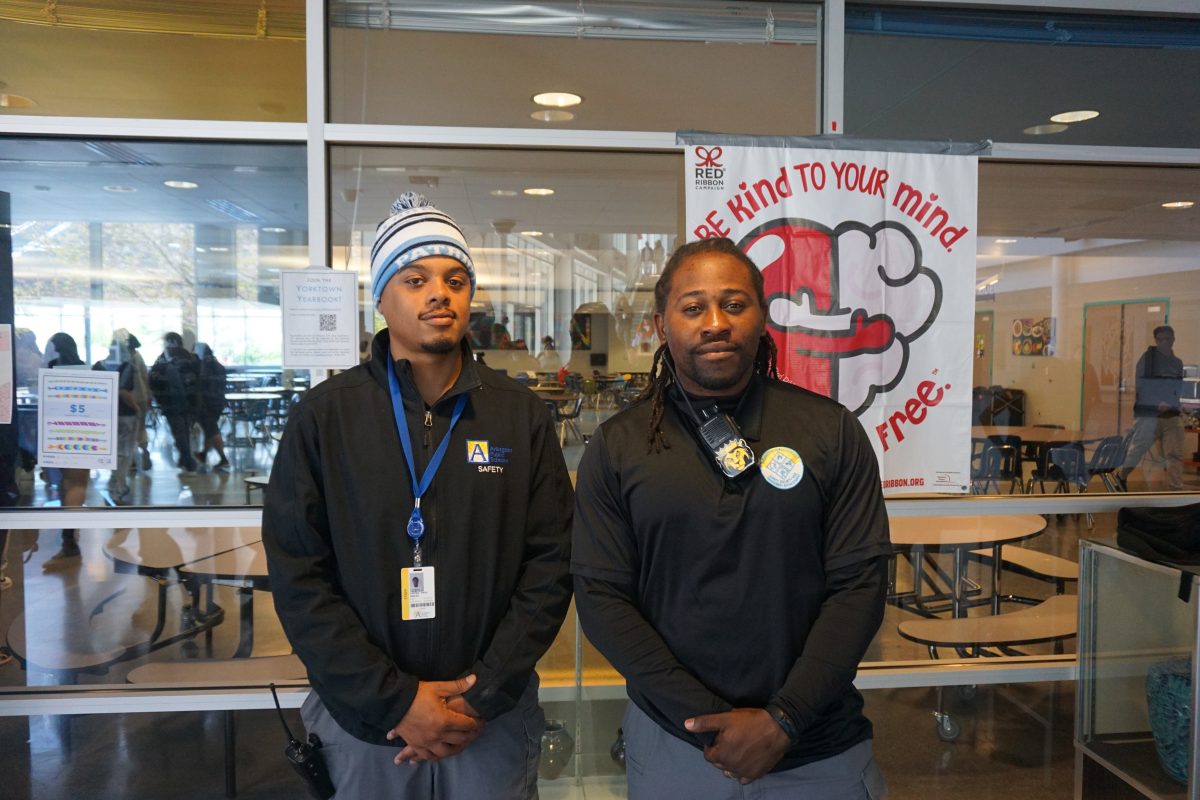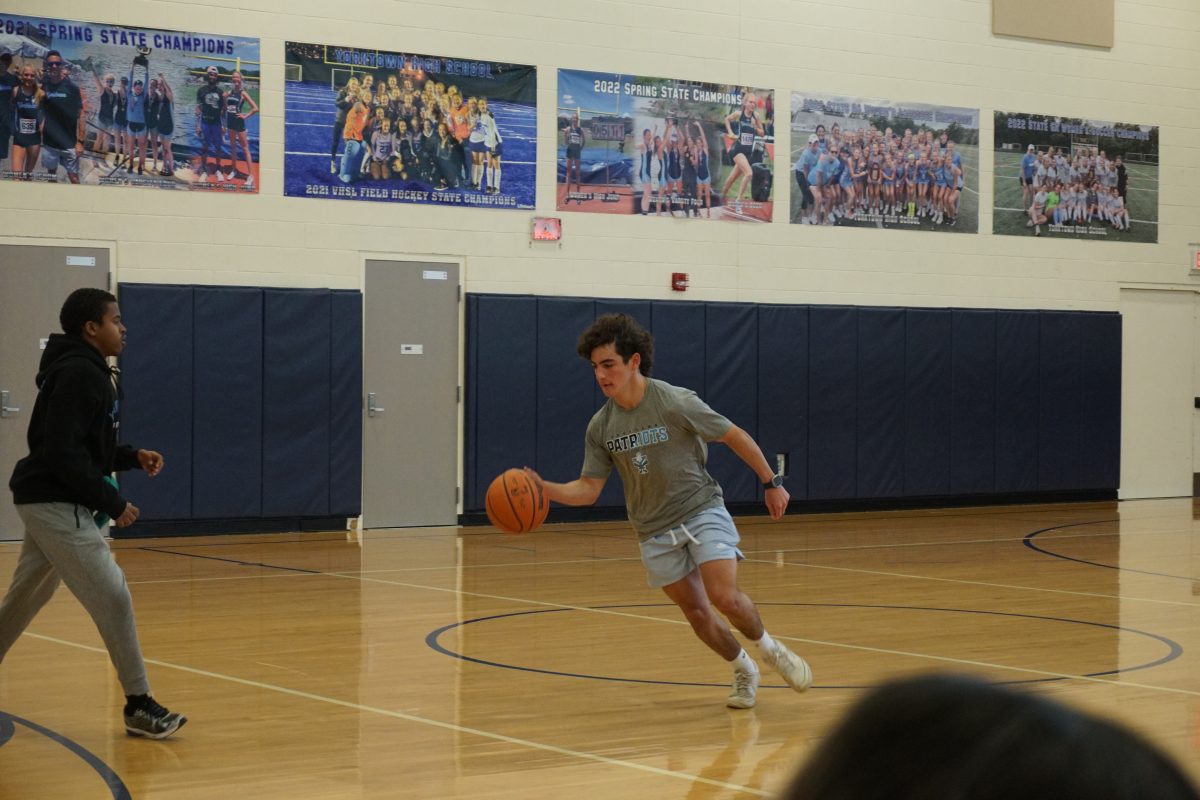Spotting someone in the trenches of the dreaded swim unit is simple. All you have to do is look out for a few key characteristics: dripping wet hair, an extra bag, and a strong aroma of chlorine. Bonus points if you can identify a faint expression of despair on their face. Let’s face it, the swim unit is inconvenient, humiliating, and appealing to only a select few.
The best period to have gym is a point of contention. Some argue that it is preferable in first period. You get it over with, and can arrive already in your swimsuit. The more rational individuals elect for the superior last period, citing the ability to go home and recover from the tiring ordeal. In my opinion, these reasons make last period the premier time slot.
“[The best time is] probably at the end of the day, because if you have it in the morning you’re just going to be wet for the rest of the day.” sophomore Nikola Kanwar said.
Thankfully, our school’s students have better sense than to choose 3rd period, which is undoubtedly the worst time. If you are unlucky enough to claim this spot, maybe consider developing a debilitating water allergy to get out of the class.
Another facet of this experience is the inevitable hit to your self-confidence. Coming out of the pool is humbling, not to mention freezing. While you may have entered school looking like a supermodel, you certainly won’t leave the pool that way. Students with long hair, or those who choose to wear makeup are left drenched, with no time to dry and reapply.
“We should be given more time out of the pool at the end to get ready for your next period, especially if you have it for first or third.” freshman Julie Piedrahita said.
While it might be tempting to skip the period entirely, the consequences are drastic. Since it is a requirement for APS (Arlington Public Schools), students have a mandatory number of hours they need to complete. This means that if you miss class, get ready for some exhilarating Patriot Period pool time. However, the make-ups are difficult and include long stretches of laps. Making up the content missed takes up valuable time, and is overly taxing to the average non-swimmer.
“The makeups shouldn’t be ten times harder than the actual lesson.” Piedrahita said
The sessions do include vital information, such as life saving techniques and basic swim strokes to keep you afloat. However, they also contain a host of superfluous information, such as the disposable “butterfly” stroke. The swim unit continues on for two to three weeks, until students are left miserable and waterlogged. The best solution for swim unit woes would be to offer a much shorter and condensed version of the course.












































